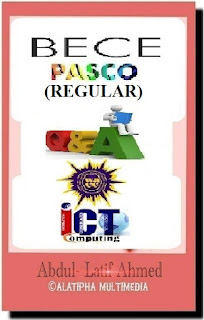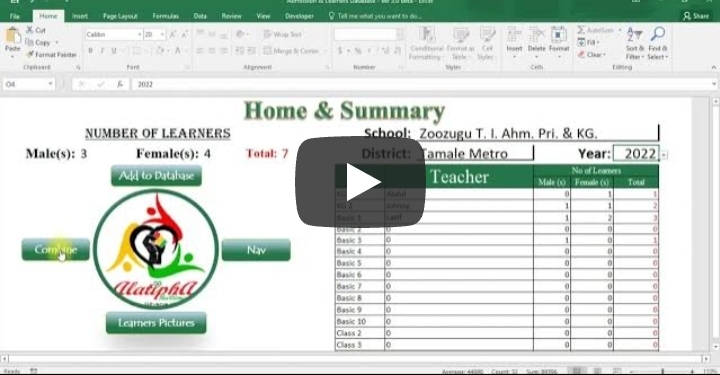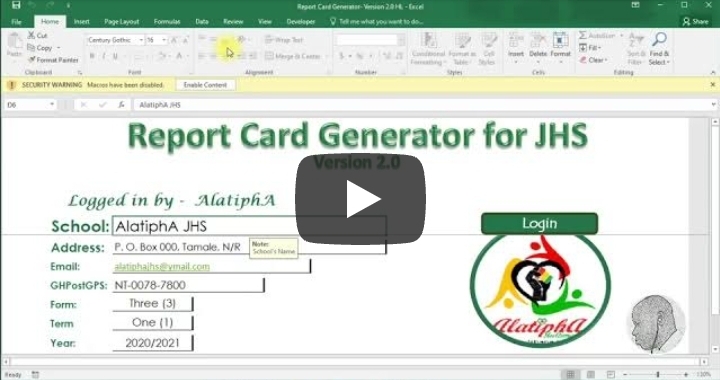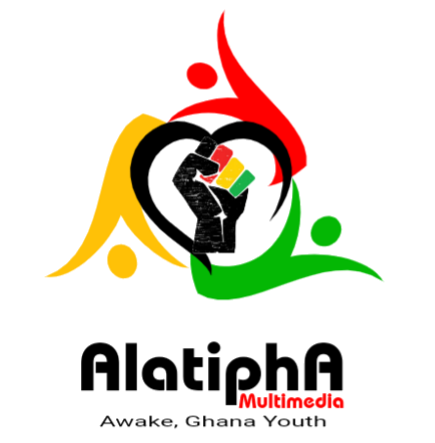Chapter 11: Cooperative Learning and the Collaborative Process
Chapter 11: Cooperative Learning and the Collaborative Process
Chapter Overview
In chapter 10 you saw how self-directed learning could promote higher forms of thinking with the aid of metacognitive strategies. In this chapter, you will see how these same outcomes can be extended and reinforced through various forms of peer collaboration. You will learn how self-directed and cooperative learning share the complementary objectives of engaging students in the learning process and promoting higher thought processes and more authentic behaviours required in the world of work, family, and community.
This chapter introduced you to strategies for cooperative learning. Its key terms and main points were:
Outcomes of Cooperation
Critical thinking, reasoning, and problem-solving skills are of little use if they cannot be applied in cooperative interaction with others.
Self-directed and cooperative learning share the complementary objectives of engaging students in the learning process and promoting higher (more complex) patterns of behaviour.
Cooperative learning activities can instil the following in your learners:
- Attitudes and values that guide the learner's behaviour outside of the classroom
- Acceptable forms of social behaviour that may not be modelled in the home
- Alternative perspectives and viewpoints with which to think objectively
- An integrated identity that can reduce contradictory thoughts and actions
- Higher thought processes and thinking skills
Higher thought processes
- Components of a Cooperative Learning Activity
- Planning for cooperative learning requires decisions pertaining to the following:
- Teacher-student interaction
- Student-student interaction
- Task specialization and materials
- Role expectations and responsibilities
Planning for cooperative learning
Planning for cooperative learning requires decisions about the following:
- Teacher–student interaction: The primary goal of teacher-student interaction during cooperative learning is to promote independent thinking.
- Student–student interaction: The primary goal of student-student interaction during cooperative learning is to encourage the active participation and interdependence of all members of the class.
- Task specialization and materials: The primary goal of task specialization and learning materials during cooperative learning is to create an activity structure whose end product depends on the sharing, cooperation, and collaboration of individuals within groups.
- Role expectations and responsibilities: The primary goal of assigning roles and responsibilities during cooperative learning is to facilitate the work of the group and to promote communication and sharing among its members.
Establishing a Cooperative Task Structure in Your Classroom
Establishing a cooperative task structure involves five steps:
- Specify the goal of the activity.
- Structure the task.
- Teach the collaborative process.
- Monitor group performance.
- Debrief.
Specifying the Goal
The goal of a cooperative activity may take different forms, such as the following:
- Written group reports
- Higher individual achievement
- An oral performance
- An enumeration, resolution or listing
- A critique
- Bibliographic research (data collection)
During the monitoring of group performance, the teacher's role is to see that each group remains on track, to redirect group efforts when needed, and to provide emotional support and encouragement.
Debriefing
During debriefing, there are several ways to gather feedback in a whole-class discussion about the collaborative process:
- Openly talk about how the groups functioned during the cooperative activity.
- Solicit suggestions for how the process could be improved.
- Obtain the viewpoints of predesignated observers.
Team-Oriented Cooperative Learning Activities
Desirable outcomes have been documented for four popular team-oriented cooperative learning activities:
- Student Teams—Achievement Division (STAD)
- Teams-Games-Tournaments (TGT)
- Jigsaw II
- Team-Assisted Individualization (TAI)
Promoting the Goals of Cooperative Learning in the Culturally Diverse Classroom
The success of a cooperative learning activity has been related to differences in learning styles: field-dependent learners tend to need a more structured cooperative learning activity than field-independent learners.
Multiple Choice Questions
Instructions
Click on 'Details' below to begin the test
2. Cooperative learning provides the context or meeting ground.....
3. Cooperative learning stimulates higher thought processes, such as analyzing and synthesizing, than books and lectures because.....
4. The teacher's role in cooperative learning is to help the group become more.....
5. Cooperative learning has little resemblance to loosely formed discussion groups because....
6. The range of abilities within a group, time required to reach group consensus, efficient sharing of group materials, and the time needed to complete the end product are factors to consider when deciding.....
7. John is a member of a group of five. The group has been working on their assigned project for two days. During this time, John has talked to the other group members about everything except the assigned goal of the group. John is demonstrating.....
8. Before beginning cooperative learning activities, teachers need to teach the collaborative process by.....
9. Talking openly about how the group functioned, soliciting suggestions for improvement, and getting viewpoints from predesignated observers all contribute to the task(s) of …..
10. Research suggests that some cultural and ethnic groups tend to benefit more and adapt better to a task orientation that is....
11. Which of the following steps is not part of establishing a cooperative learning activity?
12. Which of the cooperative group role descriptions below is incorrect?
True/False
Instructions
Click on 'Details' below to begin the test
2. Cooperative learning has not been linked to any significant increase in achievement.
3. Cooperative learning and self-directed learning are considered complimentary because each one reinforces the skills acquired in the other.
4. Larger groups usually take longer to complete tasks and argue more than smaller groups.
5. Monitoring group performance is essential in keeping the group on track.
6. When teaching a heterogeneous class in which you have little opportunity for whole-class instruction or small-group instruction, TAI is especially useful because it uses individualized materials.
7. Having definite and consistent rules benefit those students requiring more structure.
8. Homogeneously-grouped students show a greater increase in achievement.
9. Jigsaw II heightens interest among group members because the only way a team member can learn about topics they were not assigned is to listen to other team members.
10. An isolated student who is not chosen by any of the other students should be put in a group of skillful and supportive students.
11. An ideal group size for cooperative groups is 2-3 so students all have opportunity to speak and be heard.
12. Cooperative learning activities are less appropriate for field-dependent learners because they prefer to work by themselves and compete.
13. "Cooperative learning is an instructional approach designed to help students think for themselves and define their own attitudes and values through interaction with others.
14. If time is short, it is better to focus on group projects rather than debriefing about activities, since debriefing is less important to the cooperative process than other stages.
15. Debriefing involves openly talking about how groups functioned in a particular cooperative task and considering ways that groups might improve their interactions.
16. One of the major drawbacks in using cooperative learning is the difficulty of assigning grades to the work.
17. In culturally diverse classrooms, the best instructional choice is to be structured and direct so that students know what is expected. and can avoid uncomfortable confrontations with peers.
18. Cooperative learning activities completed in teams encourage collaborative skills, self-esteem and achievement of individual learners.
19. One goal of cooperative learning is for students to see and experience prosocial behaviour.





.png)



























Comments
Post a Comment